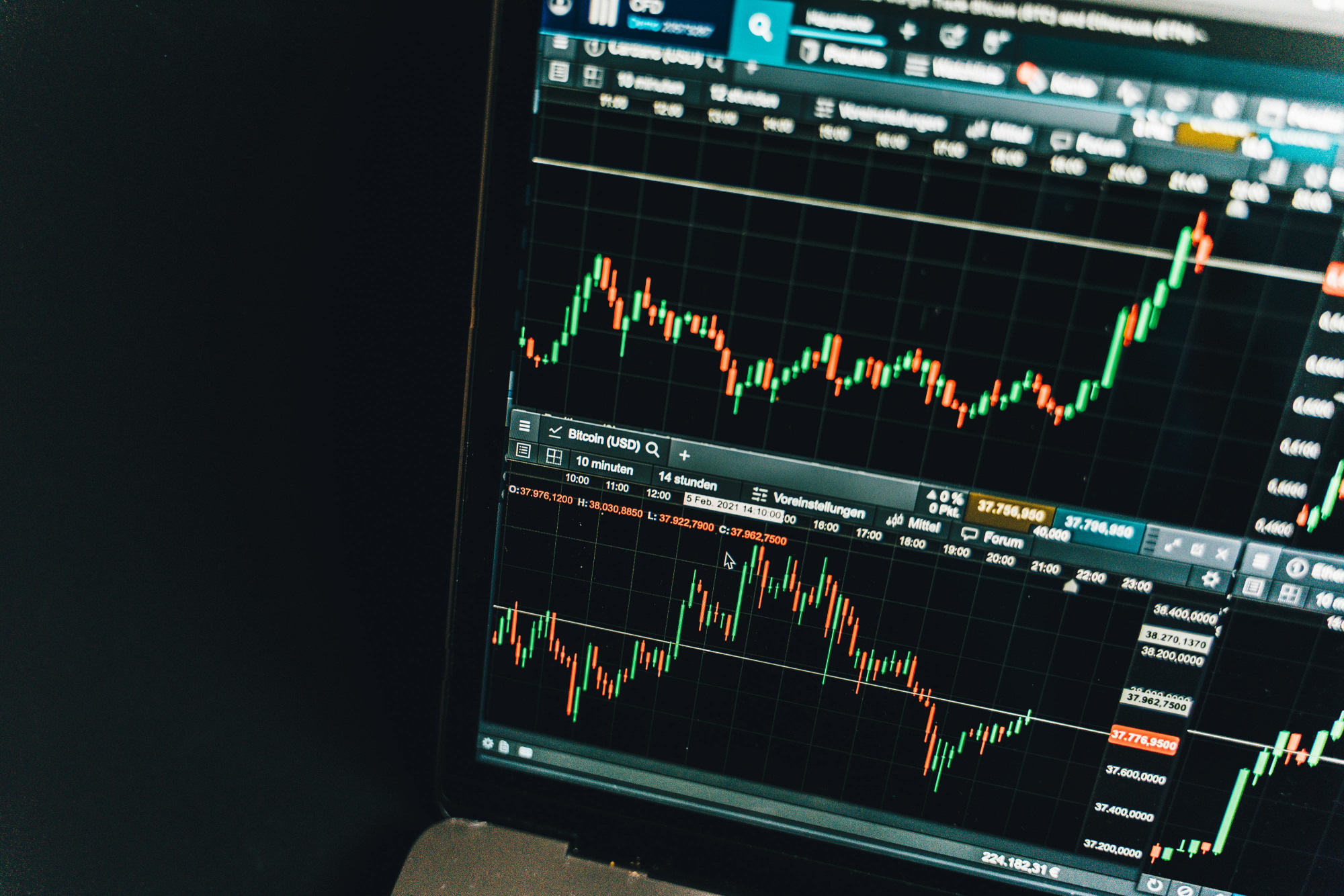ROOT
Spotting the difference between dark and light green ESG investments
The hype around ESG investing is getting bigger, but not everyone is on the same page when it comes to reality.
Spotting the difference between dark and light green ESG investments
The hype around ESG investing is getting bigger, but not everyone is on the same page when it comes to reality.

As more and more investment funds position themselves in line with the ideals of ethical investors, it’s worth noting that not all green investments are born equal.
One fund might limit their green investment strategy to one of avoiding unethical investments, while others are more stringent.
According to Stoic Venture Capital partner Dr Geoff Waring, many investors are waking up to the excessive claims of fund managers when it comes to their ESG credentials and their failure to properly report on ESG outcomes.
Research done by the Responsible Investment Association Australasia found that of the 165 ethical investment managers surveyed, just 27 per cent applied a leading approach to responsible investment. Thirty-six per cent disclosed their full fund holdings, while the remaining 28 per cent only disclosed some holdings.

Dr Waring’s latest comments come off the back of earlier calls for better regulation into calls for how funds report ESG investments and how ESG investing principles are integrated into business decisions.
The conversation around so-called ‘greenwashing’ continues, but it’s becoming increasingly hard to ignore the reality that investors and funds are sometimes on a different page when it comes to defining what ESG investing looks like.
Fidelity International’s director of sustainable investing, Gabriel Wilson-Otto, told nestegg that “funds promoted as ‘green’ span a wide range of investment strategies and often include different thresholds and criteria to include or exclude an investment”.
According to her, “The lack of a universal standard to define business activities that are ‘green’ compounds the challenge of comparing different funds’ credentials. Therefore, investors need to look beyond what is printed on the label to understand if a fund is genuinely green.”
How green do you want to be?
The term ‘ethical investing’ covers a lot of ground, and not every investor is willing to embrace ESG investing to the same degree.
Light green investors are aware of ESG issues and want to act on them but don’t want to over-invest themselves. They’re willing to factor in ESG as part of their broader strategy, but only to a degree.
Meanwhile, medium green investors are said to be more generous and active when it comes to reviewing the ESG status of their existing and potential investments.
Finally, there are dark green investors. These are investors who are willing to put their money where their mouth is by exclusively investing in ESG-compliant investments. If it doesn’t reflect their personal value or address the ESG issues that concern them, they’re not interested.
Dark green investors aren’t going to be satisfied with what light green ESG funds have to offer, and vice versa.
Then, on the other side of the equation, not every ethical fund integrates the values of ESG investing to the same degree or in the same way.
According to Pablo Berrutti, a senior investment specialist at Stewart Investors, “The original ethical funds were primarily concerned with excluding activities like tobacco or armaments from the universe of possible investments.”
“Later, different funds emerged which focused on ‘sustainability’, these funds might focus on particular sectors or themes, while others would pick the ‘best’ from each sector. For example, the oil company with the best ESG score would still be included. The FTSE4good and Dow Jones Sustainability Index are examples of these.”
Speaking to nestegg, he said that mainstream investors began increasingly recognising how ESG issues could impact financial performance around 2006, only to the extent that they believed it could impact an investment’s risk or return.
Unfortunately, “this narrow focus misses a lot and also tends to focus on issues at the margins rather than the structural shifts needed to deliver a flourishing environment, society and economy”, Mr Berrutti explained.
Asked what ethical investors should look for when it comes to separating light green from the dark green investments, Mr Berrutti suggested that the best place to start is by looking at the financials of a given company, specifically their sustainable development contributions, and determining whether they’re meaningful.
He emphasised the importance of establishing whether that contribution has a demonstrable and positive impact on the issue.
“This means being transparent about areas where we have concerns and engaging with the company to encourage them to improve,” he said.
As for Stoic’s own perspective on ESG and ethical investing, Mr Berrutti said that he sees sustainability as a driver of long-term investment returns.
“We are trying to find high-quality companies that are well positioned for sustainable development because of their business model and the products and services they sell,” he explained.
“Quality and sustainability go hand in hand, when assessing quality, we look at the franchise, management and financials of the company. Ultimately, we are trying to establish whether we can trust the company’s leaders with our clients’ capital.”
About the author

About the author


Invest
Good Return launches $10 million fund to support women entrepreneurs across Asia-Pacific
Social purpose organisation Good Return has launched a second Impact Investment Fund targeting a $10 million capital raise to support women-led businesses in developing Asia-Pacific economies. Read more

Invest
Australian investors flock to US stocks and crypto after Trump victory
Trading volumes in US equities surged 20 per cent on Australia's second-largest share trading platform following Donald Trump's election victory last month, as local investors sought to capitalise on ...Read more

Invest
Investment firm raises $9bn for global special situations fund
Bain Capital secured $9 billion for its latest Global Special Situations Fund, positioning the firm as one of the world's largest special situations investors. Read more

Invest
Morrison Securities unveils plug-and-play global trading access to 15 countries
Equities clearing firm Morrison Securities has partnered with trading technology provider ViewTrade to introduce one of Australia's first plug-and-play global trading solutions, enabling streamlined ...Read more

Invest
Institutional investors react positively to policy stimulus in September
State Street Global Markets has reported a rebound in institutional investor risk appetite in September, driven by supportive policy announcements from central banks. Read more

Invest
AMP partners with Striver for Brimstone event to attract new financial advisers
AMP has announced a partnership with advice community and careers technology platform Striver for the annual Brimstone event series, scheduled to take place in Sydney next week. Read more

Invest
North expands managed portfolio options with new customisation features
North, a leading Australian wrap investment platform, has announced an expansion of its customisation options for managed portfolios, aiming to provide advisers with greater flexibility for their ...Read more

Invest
State Street partners with Taurus to expand digital asset capabilities
State Street Corporation has announced a strategic agreement with digital asset infrastructure provider Taurus SA to enhance its digital asset offerings for institutional clients. Read more

Invest
Good Return launches $10 million fund to support women entrepreneurs across Asia-Pacific
Social purpose organisation Good Return has launched a second Impact Investment Fund targeting a $10 million capital raise to support women-led businesses in developing Asia-Pacific economies. Read more

Invest
Australian investors flock to US stocks and crypto after Trump victory
Trading volumes in US equities surged 20 per cent on Australia's second-largest share trading platform following Donald Trump's election victory last month, as local investors sought to capitalise on ...Read more

Invest
Investment firm raises $9bn for global special situations fund
Bain Capital secured $9 billion for its latest Global Special Situations Fund, positioning the firm as one of the world's largest special situations investors. Read more

Invest
Morrison Securities unveils plug-and-play global trading access to 15 countries
Equities clearing firm Morrison Securities has partnered with trading technology provider ViewTrade to introduce one of Australia's first plug-and-play global trading solutions, enabling streamlined ...Read more

Invest
Institutional investors react positively to policy stimulus in September
State Street Global Markets has reported a rebound in institutional investor risk appetite in September, driven by supportive policy announcements from central banks. Read more

Invest
AMP partners with Striver for Brimstone event to attract new financial advisers
AMP has announced a partnership with advice community and careers technology platform Striver for the annual Brimstone event series, scheduled to take place in Sydney next week. Read more

Invest
North expands managed portfolio options with new customisation features
North, a leading Australian wrap investment platform, has announced an expansion of its customisation options for managed portfolios, aiming to provide advisers with greater flexibility for their ...Read more

Invest
State Street partners with Taurus to expand digital asset capabilities
State Street Corporation has announced a strategic agreement with digital asset infrastructure provider Taurus SA to enhance its digital asset offerings for institutional clients. Read more








